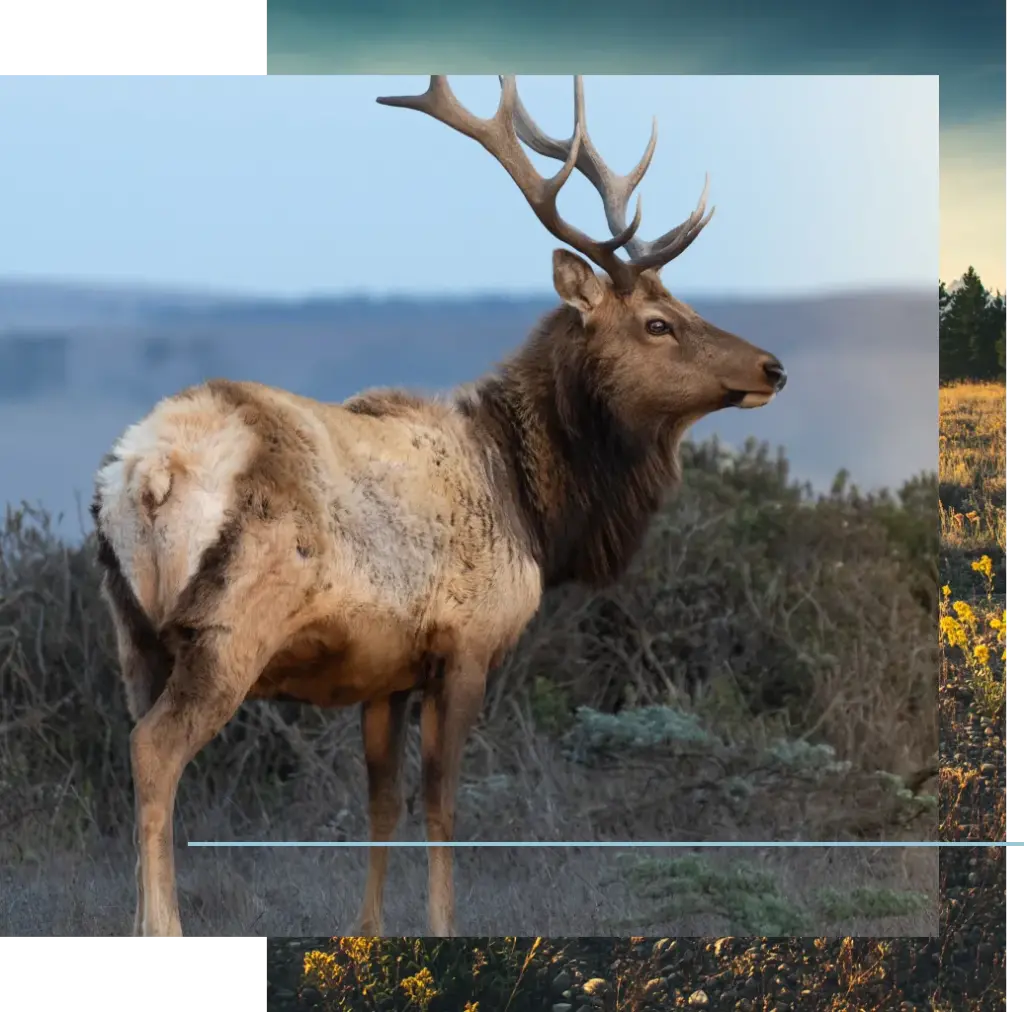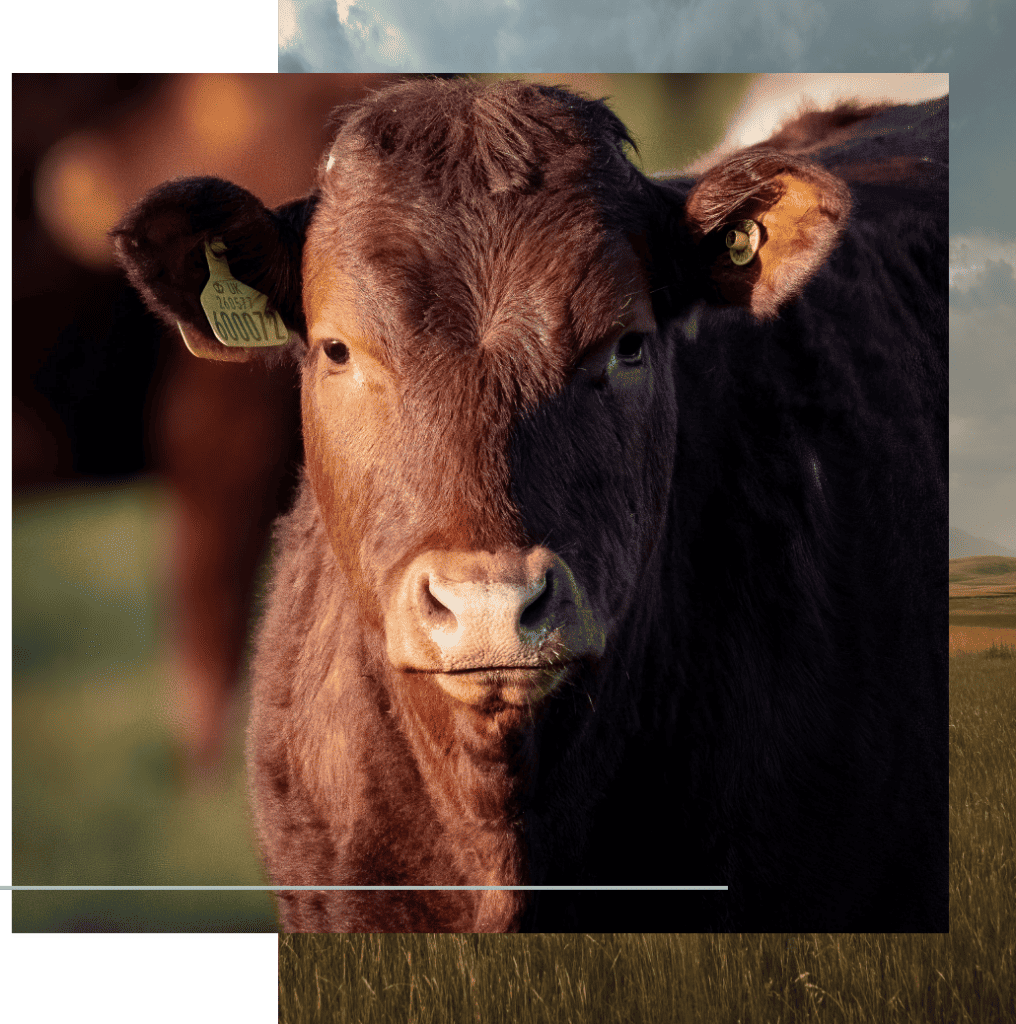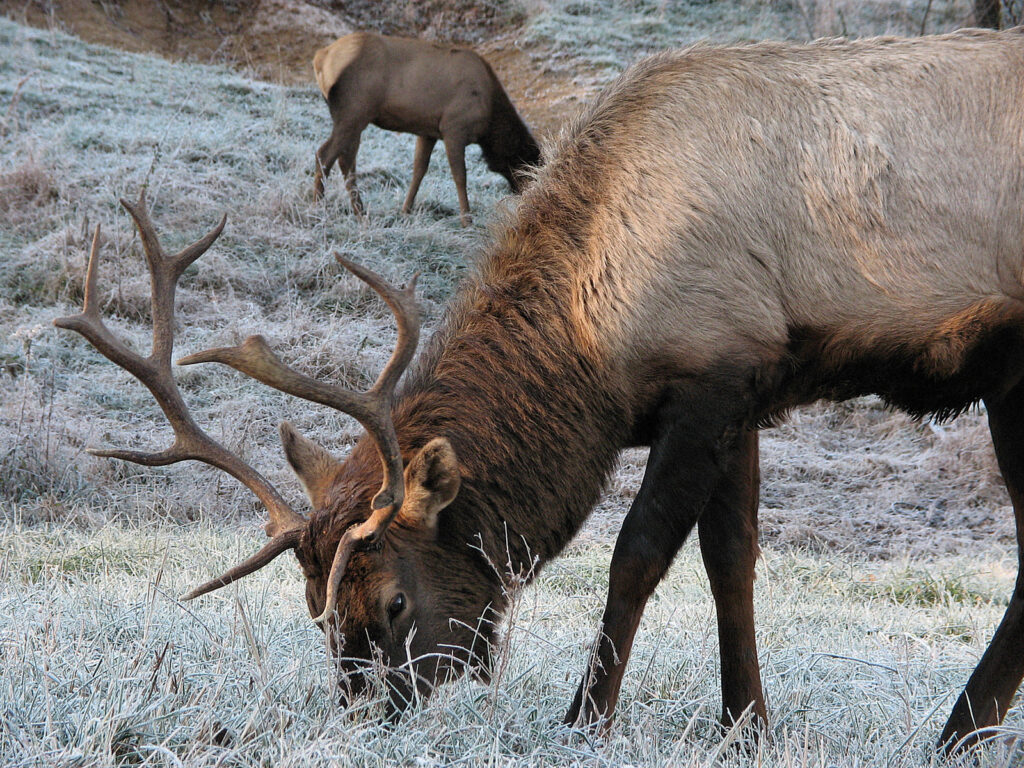Innovation Lab
Crazy Mountain Virtual Fence Project
Pioneering ranching technology will improve wildlife habitat by enabling the removal of miles of internal barbed-wire fence
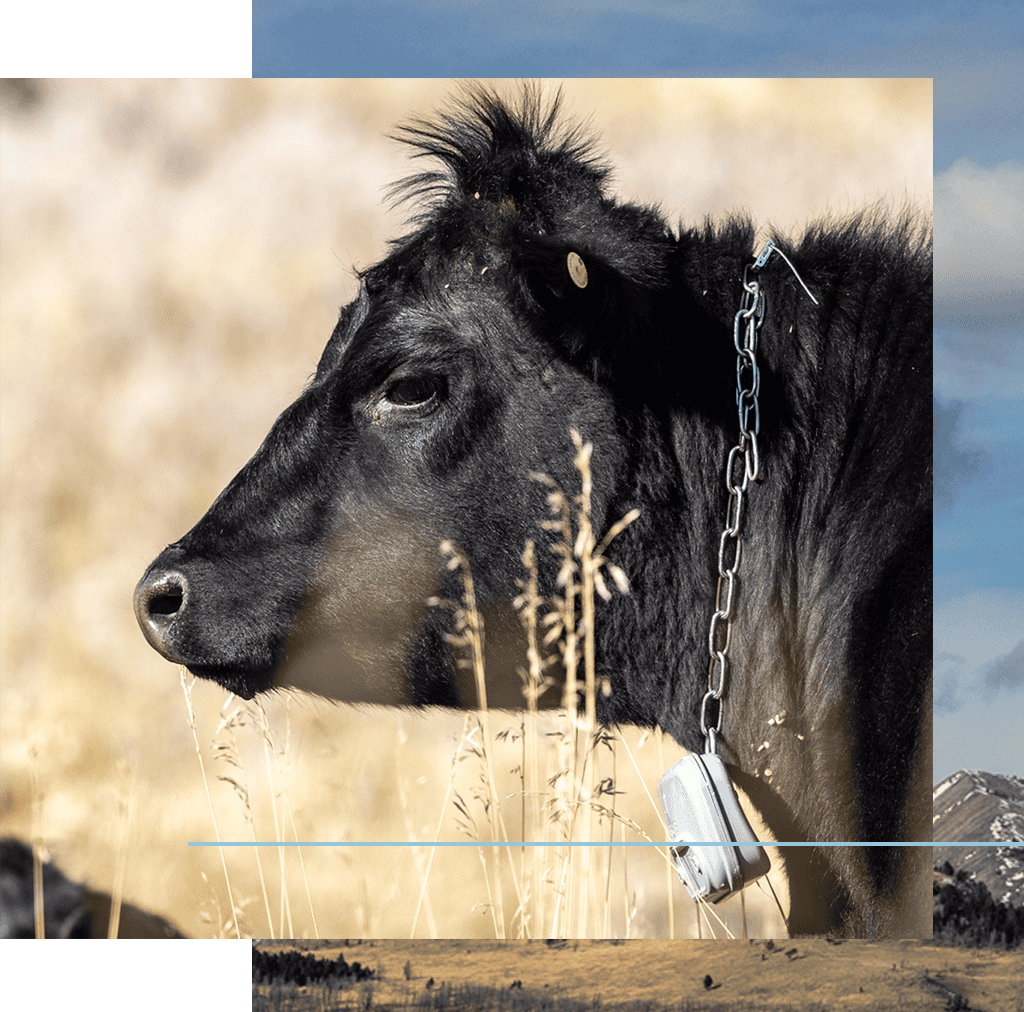
overview
Helping a rancher launch an innovative virtual fence project for wildlife
PERC is partnering with Montana’s McFarland White Ranch to help implement an innovative virtual fence project for cattle, a cutting-edge technology that could revolutionize both ranching and wildlife conservation.
The project will initially remove 16 of the ranch’s 75 miles of internal barbed-wire fencing and replace it with a virtual fence network that allows the rancher to remotely map and manage livestock through a series of signal towers and GPS collars worn by cows. Barbed-wire fences are a key barrier to wildlife migration throughout the West. While other pilot projects and implementations are underway, this is the first to explicitly evaluate the technology for both migratory wildlife conservation and its effect on production agriculture—specifically, economic impact, range, and livestock benefits.
Under the agreement, PERC is funding key infrastructure to implement the virtual fence and clear a path for wildlife migration, including directly purchasing one of six signal towers needed to establish a signal across the virtual network.
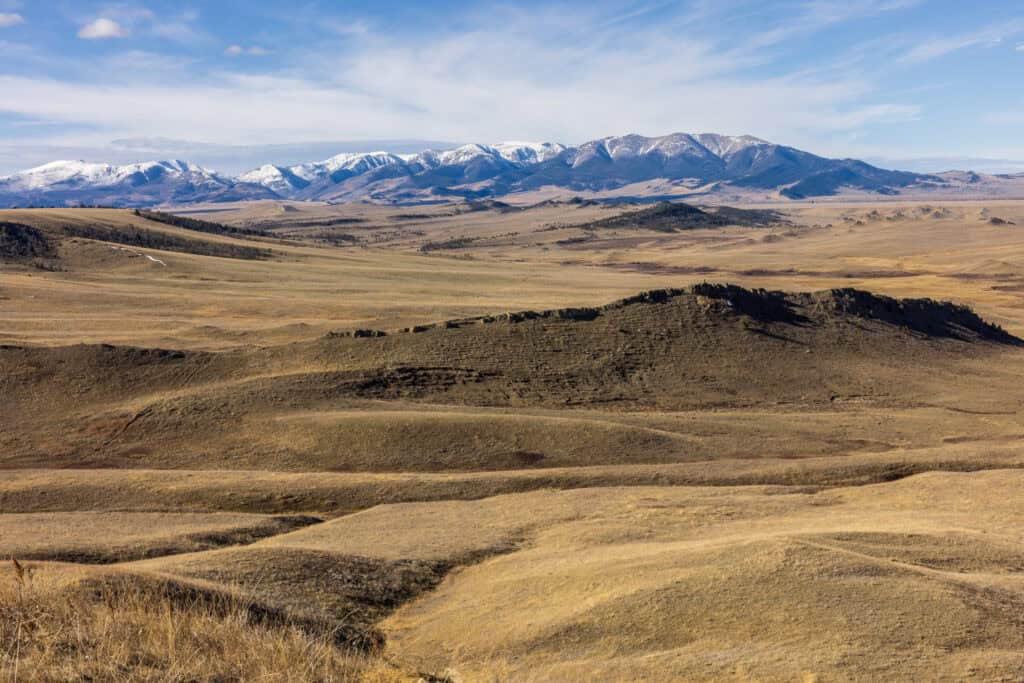
“With hundreds of thousands of miles of barbed wire fragmenting landscapes throughout the West, it’s hard to understate how transformative this project could be for wildlife. Virtual fence technology can help conserve open landscapes and protect wildlife migration. By eliminating the need to constantly maintain fencing, it promises to save significant time and money while offering greater flexibility, a key incentive for ranchers to adopt the approach.”
— Brian Yablonski, PERC CEO
challenge
Fences are trouble for wildlife and ranchers
Located at the doorstep of Montana’s Crazy Mountains, the McFarland White Ranch is home to 2,000 head of cattle, rough landscapes, and abundant wildlife. Thirty-two bird species of concern including Clark’s nutcracker, ferruginous hawk, thick-billed longspur, bobolink, sharp-tailed grouse, and sandhill cranes are found on the Audubon-certified ranch. Migratory wildlife including elk, deer, and pronghorn are also common, as well as predators such as wolves, mountain lions, and black bears.
Wildlife including elk and pronghorn can get caught in traditional fences, birds often fatally collide with wires, and ecologically sensitive areas are difficult to fence off with any degree of flexibility.
Repairing barbed-wire fencing is a constant worry for ranchers as well.
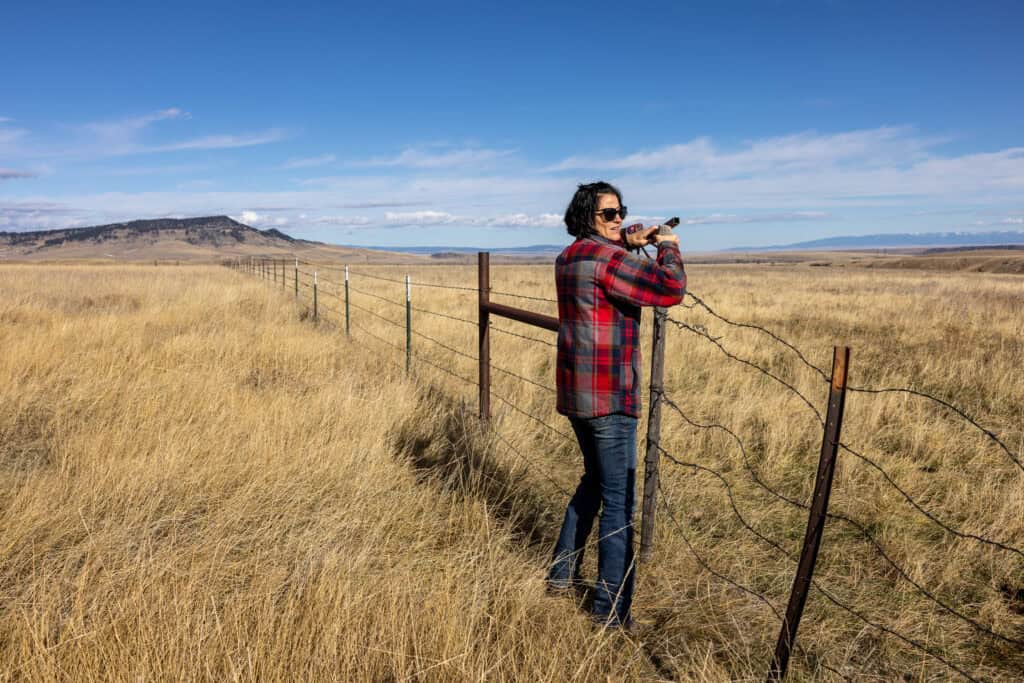
“Traditional range and animal management has included inflicting our collective will on the landscape via an instrument that is 150 years old. We are excited to be on the edge of a new paradigm. We look forward to studying the ecological and economic impacts on production agriculture as we transition from traditional to virtual fencing.”
– Lanie White, McFarland White Ranch and Great Alone Cattle Company
SOLUTION
How virtual fencing works:
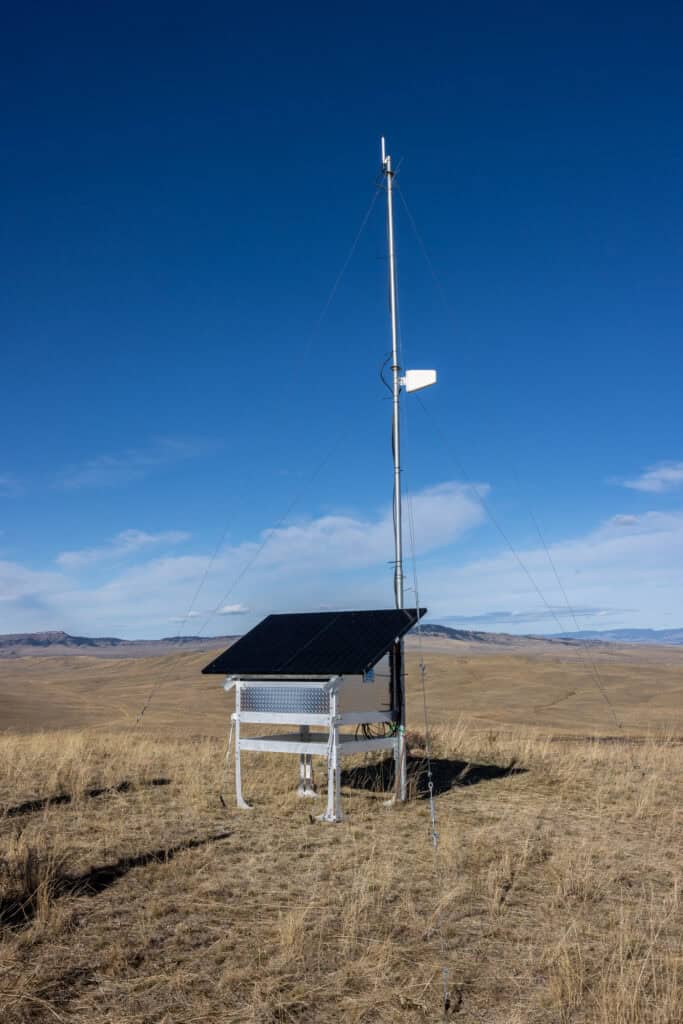
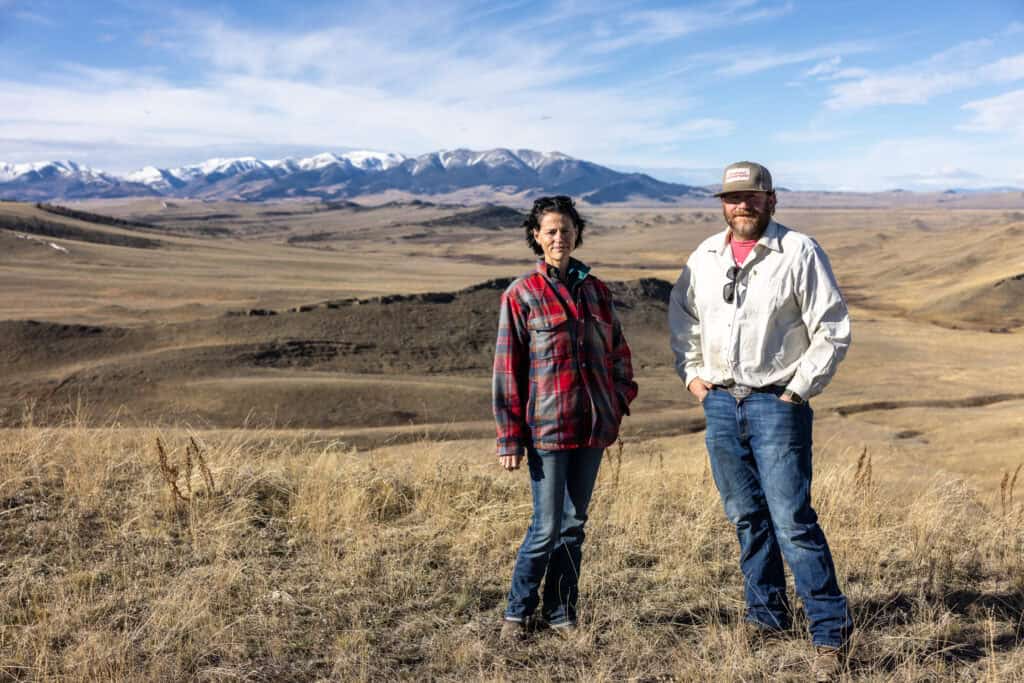
Benefits for ranchers:
Virtual fencing significantly reduces the need for traditional barbed-wire fences, bringing notable benefits:
Benefits for conservation:
Traditional barbed wire presents a challenge for wildlife, whose migration depends on unobstructed and expansive landscapes.
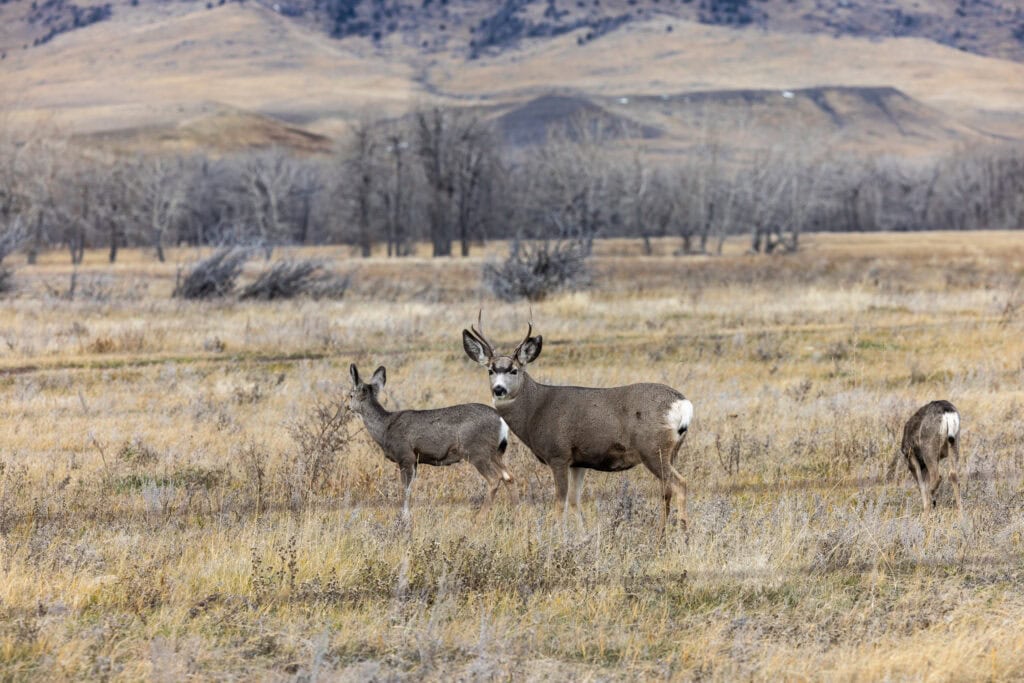
project partners

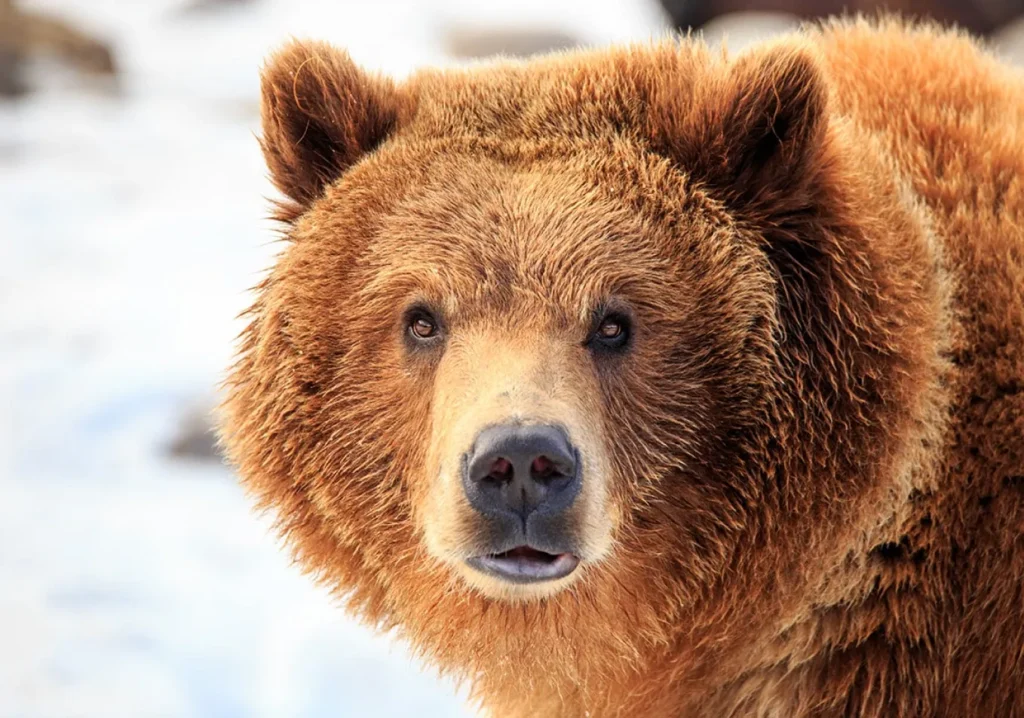
Support Creative Conservation
PERC is pioneering creative new approaches to protect land, water, and wildlife. Donate now to help expand new frontiers in conservation.
